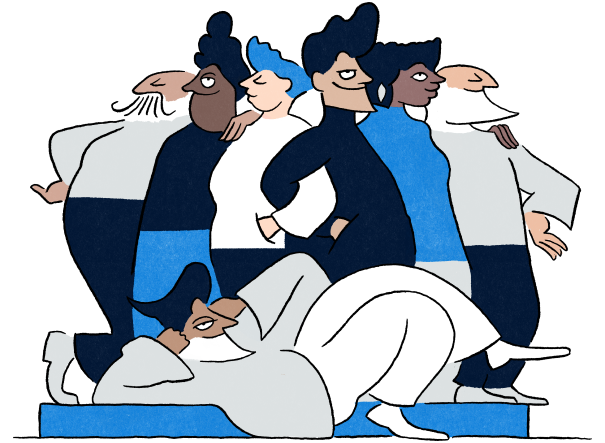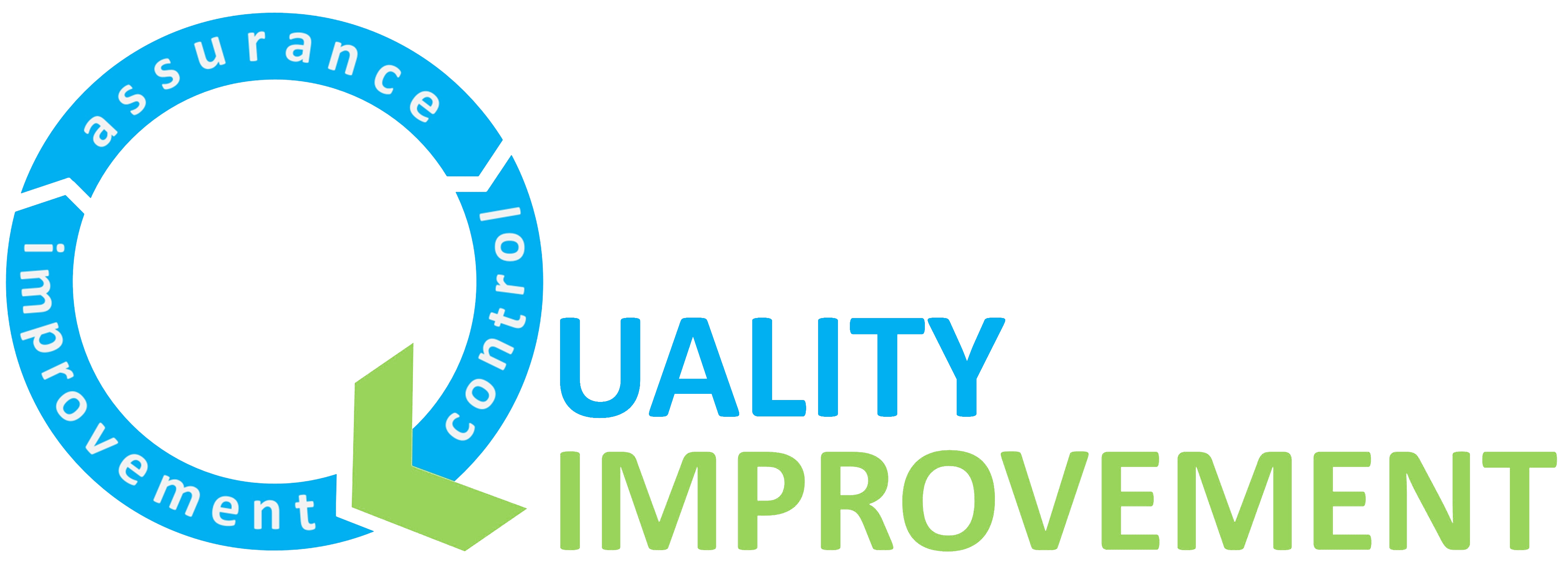
Recognising Racism: Using QI to Help Take Action
21st January 2021
By Tonderai Kasambira, Head of Nursing and Associate Clinical Director of Safety and Security – Forensics
Cornelia Kundishora, (Project Lead) Modern Matron – Forensics
Emma Furlong, Occupational Therapy Assistant – Forensics
Nicola Ballingall, Improvement Advisor – Forensics
“Racism is different from violence and aggression as it affects and offends all BAME staff on shift.” (East India staff member)
The majority of staff on East India ward did not think that the team could discuss racism, but the world is changing. The Black Lives Matter movement has brought this conversation in the mainstream media, and the Trust are encouraging all staff and service users to have conversations about race and privilege. East India ward, a personality disorder service in Forensics, have done a deep exploration into what is going on in their local context. They have used Quality Improvement methods to understand and dismantle the problem and develop a strategy to achieve a more respectful, equal workplace.
The team used Mentimeter to collect anonymous data from their colleagues. People disclosed that they have heard there’s “too many black nurses”, “they don’t know how to look after white people”, “African staff don’t understand Personality Disorder” and there’s a sense that “black people are tough, they don’t need support”. The project lead, Cornelia Kundishora, described the problem as, “no encouragement of good work done to black staff. Black staff opinions or contributions to discussions being shut down or not responded to.”
The chart below shows the team’s response when asked, ‘Is there Racism on East India Ward?’.
Figure 1: Is there racism on East India Ward?
The team also asked staff if they have experienced racism in the last 12 months and if they feel the team are able to discuss it. Click between the pareto charts to see staff responses.
Figure 2: Have you experienced racism on the ward within the last 12 months?
The Mentimeter survey also asked staff where racism in the workplace is coming from:
Racism is a dilemma that unites staff and service users in their efforts to tackle it on East India ward, and there are now five service users on the project team. From their perspective, “it is sad to see staff helpless, afraid to deal with racism issues, standing there watching their colleague racially abused and nothing is done.” Another service user reflected that, “the reason why racism is increasing on the ward, it’s because there are no consequences for this behaviour.” The QI project team mapped out what contributes to the problem on a ‘fishbone diagram’. This helped them uncover the root cause of the problem: ‘a lack of education and understanding around racism, diversity and inclusion’.
Figure 4: Fishbone diagram on contributions to the problem
It has not been easy to maintain an honest, open dialog between members of the team from different backgrounds and disciplines, but they have found a way to distribute the power for this project. Together, they came up with practical ideas for change. Giving everyone a voice in this way is called the nominal group technique.
A service user on the project team described the challenges being faced in moving from understanding the problem to testing changes: “we are meeting here every week and collecting the data, why is the ward doing nothing to deal with racism?”, so to feel they are being attacked.
Figure 5: A Driver Diagram created by the team
The next change idea tested by the team was the Racism Action Plan (figure 6 below). One of the members of the working group explains how the team are iterating this change: “It is a fantastic tool, it helps staff know what to do when there is racism. There are issues that both the patients and staff have picked up – that racism incidents are not given priority in their community meeting.”
“From last away day meeting we learnt that when an incident of racism takes place, staff are still not being supported according to the plan. A crisis meeting is supposed to be held immediately and the staff is supposed to be seen by Senior management team immediately but that is not happening. For example, an incident occurred and the 1st part was done, but there was no support for the staff member. The issue was only discussed a week after, which is not good.”

Figure 6: Racism Action Plan
The latest change idea the team are exploring is around educating staff and service users around racism. The whole team have signed up to Racial Trauma and Beyond Bias training. More of their considerations are shown below:
The team continue to discuss the systemic nature of racism and everyone’s place in it. They have created opportunities to celebrate different cultures and race, for example by inviting speakers who have lived the black experience. A new staff member pledged, ”It looks like it’s a systemic issue not addressed for a long time. As a new member of staff with fresh eyes, I will do my bit as a white person.”
The project team record incidents of racism visually on the ward on a poster called the ‘safety cross’, as well as on Datix and reports to the police. The have created the ‘C chart’ below (C stands for count) to count the incidents of racism over time.
Incidents of Racism on East India Ward
Figure 7: incidents of racism on East India Ward
Tony Kasambira, Forensics Head of Nursing, describes the impact of the work so far: “What are we seeing? Less incidents of racism, staff are able to freely talk about racism, we are also seeing the difficult and challenges for our white colleagues – ambivalence to address issues of racism or acknowledging the impact of racism. Some are not ready to talk about white privilege, but we are slowly getting there.”
A QI project is just one way of taking action on a huge societal problem. Since East India ward have started sharing their progress, Bow ward in Forensics have also brought change ideas about race and privilege to the Enjoying Work learning sessions. Perhaps your team could try one of the daily improvement tools discussed here to get the conversation started. For support, contact your local Improvement Advisor. If you’ve experienced discrimination or racism and want to tell someone about it, you can contact People and Culture on 020 7655 4000.
As the project moves forward we will update this story, to continue to share this important work.
Most Read Stories
-
Why is Quality Control important?
18th July 2018
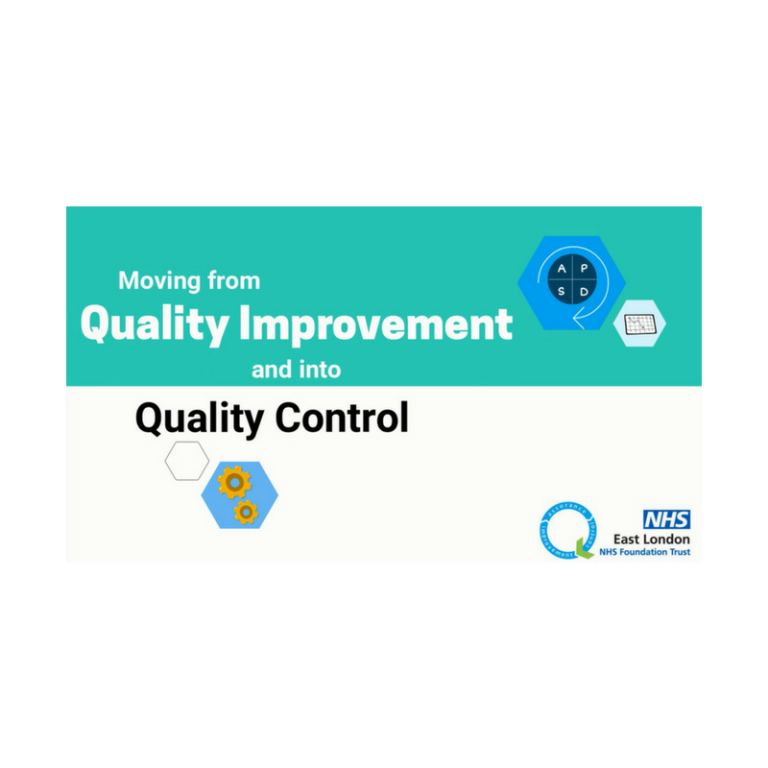
-
An Illustrated Guide to Quality Improvement
20th May 2019
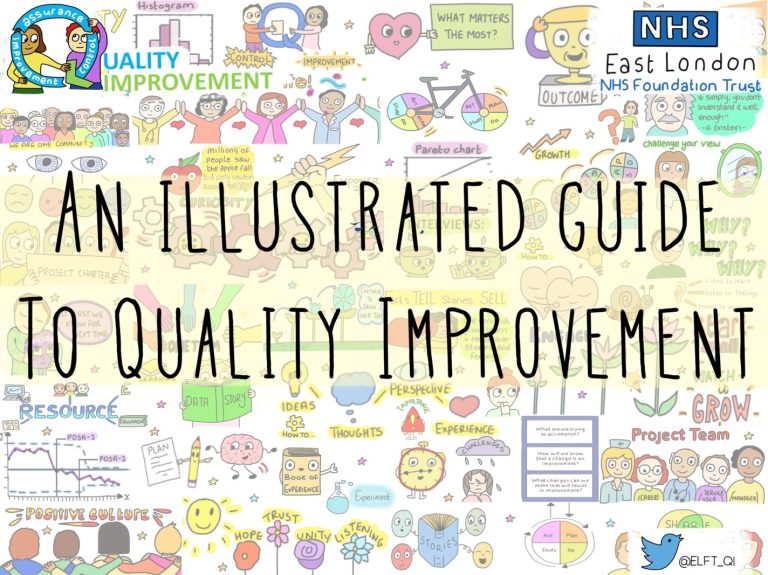
-
2016 QI Conference Poster Presentations
22nd March 2016
-
Recognising Racism: Using QI to Help Take Action
21st January 2021
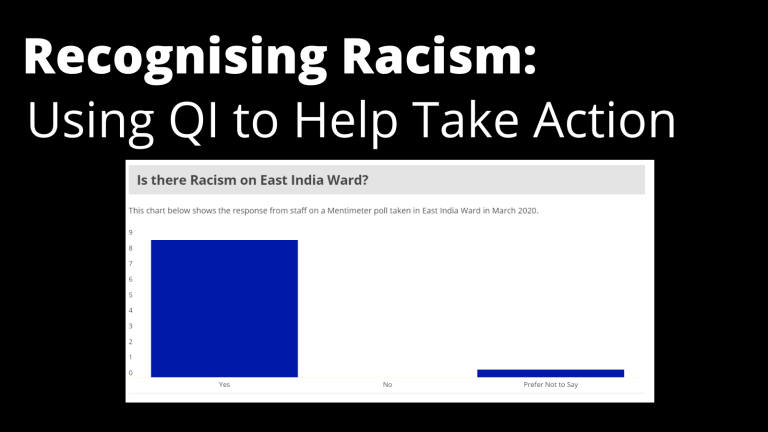
-
Using data enabled us to understand our problem
31st March 2023
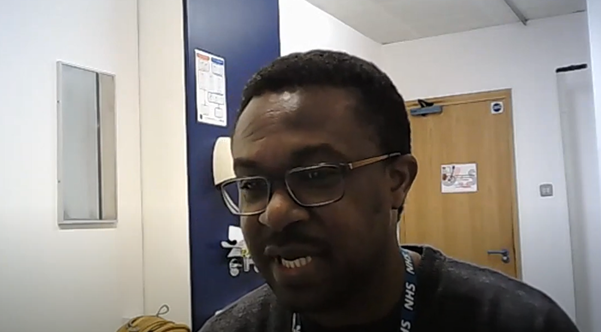
-
QI Essentials: What does a Chief Quality Officer do?
18th March 2019

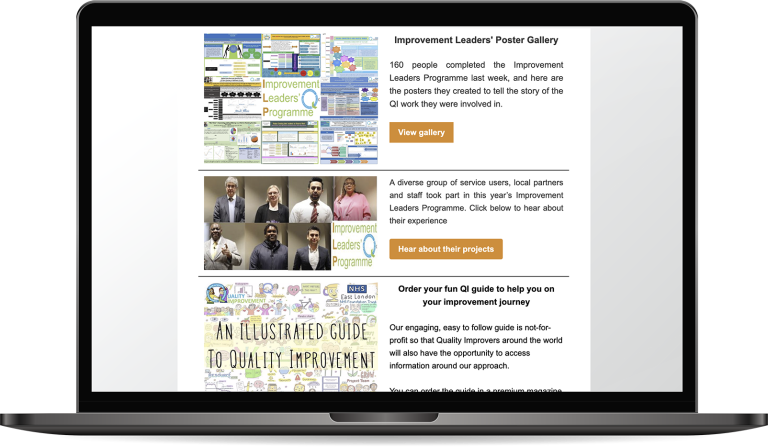
Follow QI on social media
To keep up to date on the latest concerning QI at ELFT, follow us on our socials.
